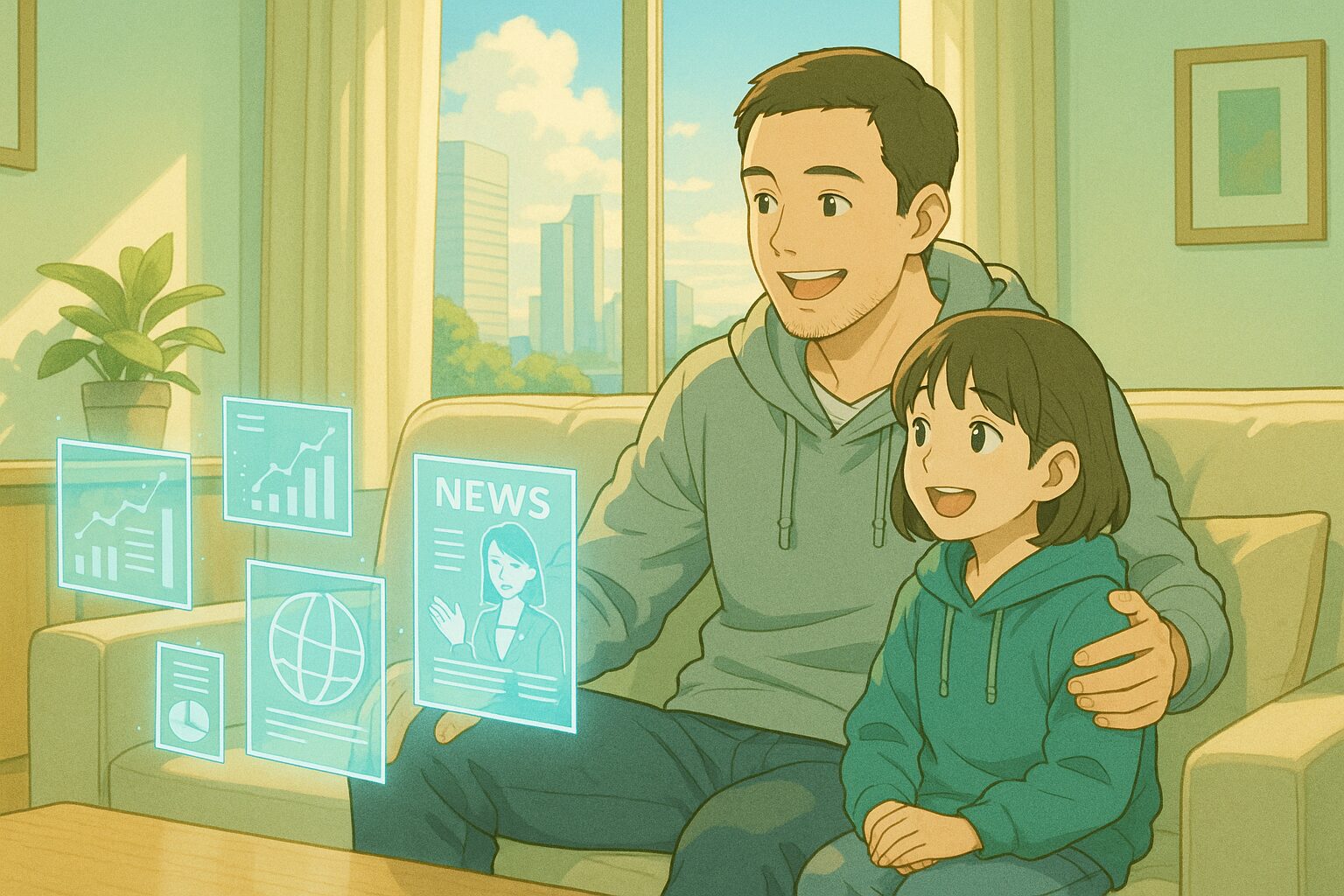It is important to remember past tragedies to build a peaceful future. However, recent news has posed a new question to us: “If this trend continues, what will the future look like?”
1. Today’s News: What is Happening?
Source:
Israel National News
Summary:
- Misinformation and misunderstandings in the media are fueling antisemitism, and hatred towards Jews is spreading openly.
- As a result, attacks on Jews are increasing in the United States.
- The arson incident in Colorado is said to be a consequence of such hatred.
2. Three “Structures” Behind the Issue
① The “Structure” of Current Issues
Misconceptions and misinformation in media and social media are promoting societal prejudice and discrimination. This issue arises because the media environment today spreads misunderstandings easily, as information can be disseminated instantly.
② How it “Connects to Our Lives”
While antisemitism may seem like a distant issue, prejudice and discrimination lurk around us. Let’s consider how our consciousness and actions can influence through small choices in our daily lives.
③ Us as “Selectors”
In this situation, what should we learn and how should we act? By critically scrutinizing information and fostering understanding and empathy towards others, there are certainly things we can do as individuals.
3. IF: What Happens If This Continues?
Hypothesis 1 (Neutral): A Future Where Hate Speech Becomes Normal
Directly, expressions of hatred in public places will increase and become recognized as part of society. This will spread, deepening prejudice against certain communities. Eventually, people may come to see holding hatred as normal, leading to the loss of diversity in values.
Hypothesis 2 (Optimistic): A Future Where Diversity Thrives
Conversely, as a trigger for this issue, many people might learn about discrimination and prejudice, leading society as a whole to move towards respecting diversity. As a result, different cultures and values could coexist, leading to the establishment of a richer society.
Hypothesis 3 (Pessimistic): A Future Where Trust is Lost
If hatred continues to spread, there’s a risk of eroding trust between communities, intensifying conflict. Ultimately, society as a whole may become divided, and individuals may fall into isolation. In such a situation, the value of coexistence could be lost.
4. What Choices Do We Have Now?
Action Items
- Receive information critically and verify facts.
- Learn about various cultures and histories, and create spaces to deepen understanding of others.
- Raise your voice when you witness prejudice.
Thinking Tips
- Learn how to verify the truth of information.
- Engage in conversations with people from different cultures and backgrounds.
- Become aware of your own biases and make efforts to overcome them.
5. Workshop: What Would You Do?
- How would you respond when you find prejudice around you?
- What actions will you take to respect diversity?
- How will you verify media information?
6. Conclusion: Anticipating 10 Years Ahead to Choose Today
What future did you envision? It is something created by today’s choices. Through comments and exchanges of opinion on social media, please share your thoughts.









